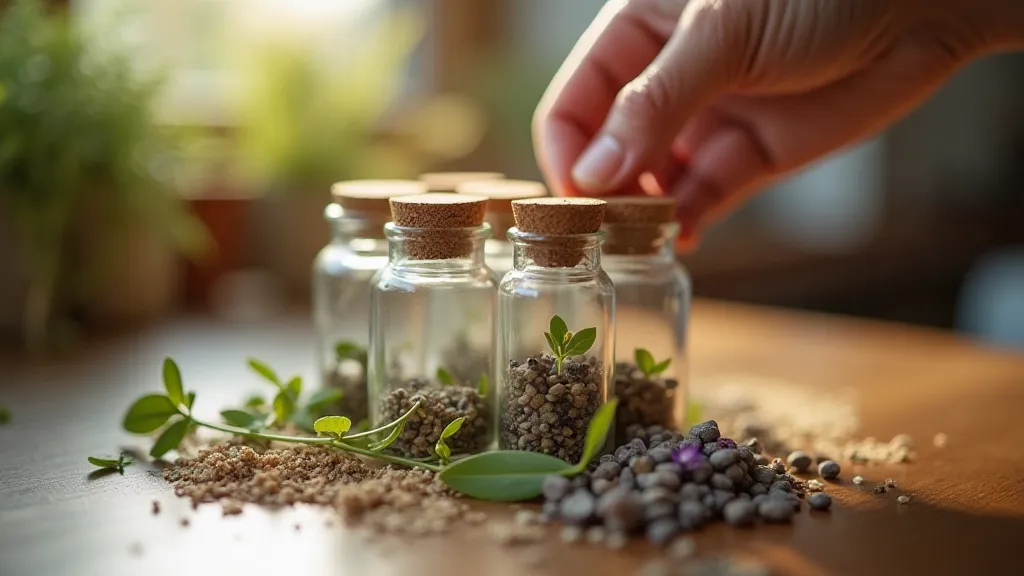The Alchemist's Palette Revisited: Blending for Specific Breeds
There's a particular scent that triggers a profound sense of nostalgia within me – the dusty, oiled wood of an antique accordion. It’s a smell that speaks of gatherings, of traveling musicians, of family traditions passed down through generations. It’s a tangible link to a time when craftsmanship wasn’t just a skill, but an art form, a philosophy. That same level of thoughtful consideration, that dedication to understanding the intricacies of a complex system, is what I bring to crafting tea blends for pets. Just as an accordion maker painstakingly selects and shapes each reed and button, I carefully choose herbs, considering not just their individual properties, but how they interact, and most importantly, how they will benefit a specific animal.

The Accordion's Lesson: Understanding Complexity
Restoring an accordion is a revealing process. You're not just repairing an instrument; you’re unraveling a history. You discover the maker's meticulous planning, the choices made to optimize sound and longevity. You see the subtle marks of time – the wear on the keys, the faded varnish – each telling a silent story. Similarly, when approaching herbal remedies for pets, a superficial understanding simply won't do. You can’t just grab a few popular herbs and assume they’re universally beneficial. Each breed possesses a unique genetic blueprint, a predisposition to certain health concerns, and a specific metabolic profile. What’s perfect for a playful Labrador might be entirely unsuitable for a delicate Persian cat or a sensitive Netherland Dwarf rabbit.
Breed-Specific Considerations: A Deeper Dive
Let’s consider a few examples. German Shepherds, renowned for their intelligence and loyalty, are also prone to hip dysplasia and digestive sensitivities. A blend designed to support joint health (think turmeric and ginger for anti-inflammatory properties) is a good starting point. However, it *must* be formulated with gentle digestive aids like chamomile or fennel to prevent upset. Conversely, a Dachshund, with its elongated spine, might benefit from herbs supporting spinal health and nerve function. But the same blend suitable for a German Shepherd could be too stimulating for a Dachshund’s smaller frame, potentially leading to anxiety or restlessness.
For cats, the situation becomes even more nuanced. Felines are obligate carnivores, with vastly different metabolic pathways than dogs. Many herbs safe for dogs are either toxic or ineffective for cats. A Persian cat, known for its luxurious coat, is also susceptible to kidney issues. Therefore, a carefully crafted cat herbal remedy might incorporate dandelion leaf (a gentle diuretic) and nettle (rich in nutrients) – but these must be introduced gradually and in very small quantities. The key is *moderation* and close observation of the cat's reaction.
Rabbits, with their sensitive digestive systems, demand an entirely different approach. They are masters of adaptation, but their resilience has its limits. Ingredients known to be beneficial for other pets may cause significant problems. Carrots, frequently touted as a rabbit treat, can be problematic if overfed, and should not be a primary herb in a blend. A calming blend for a nervous rabbit might include chamomile and lavender, but again, the dosage must be precise and adjusted based on individual needs. A rabbit prone to urinary issues might benefit from parsley and plantain, but these should be paired with herbs that support gut motility to avoid constipation.
The Art of the Gentle Infusion: Craftsmanship and Safety
The crafting of these blends isn't about force; it’s about gentle support. Just as a skilled accordion repairer uses the right tools and techniques to coax an instrument back to life, we must use herbs in a way that aligns with the animal's natural healing processes. Harsh or overly concentrated blends can be counterproductive, potentially triggering adverse reactions. The quality of the herbs themselves is paramount. Organic, ethically sourced herbs are preferable, as they are free from pesticides and herbicides that could negatively impact the animal's health.

Beyond the individual herbs, the blending process itself requires intuition and experience. There's a subtle dance of balancing flavors and actions – combining calming herbs with energizing ones, or digestive aids with immune-boosting agents. I often think about the meticulous way an accordion maker aligns the reeds to create a harmonious sound. The goal is the same: to create a synergy that is greater than the sum of its parts.
Observation and Adaptation: The Ongoing Dialogue
Even the most carefully crafted blend isn’t a one-size-fits-all solution. Just as an accordion maker adjusts the voicing of reeds to suit a particular player, we must continuously observe and adapt our herbal remedies to the individual animal's needs. Is the animal showing signs of improvement? Are there any adverse reactions? Are there any underlying conditions that require further attention? These are the questions that guide our ongoing dialogue with the animal’s body.
It’s a humbling process, requiring patience, empathy, and a deep respect for the animal’s innate wisdom. It’s a journey that rewards us with the profound satisfaction of knowing that we’ve played a small part in enhancing their well-being – much like the quiet pride of an accordion repairer who has restored a piece of history and brought joy to countless listeners.
Ultimately, blending for specific breeds is an art form that transcends mere recipe creation. It's about understanding the intricate tapestry of genetics, physiology, and environment – and using the gentle power of herbs to support the animal’s journey towards optimal health and happiness. It’s a responsibility taken with the same care and reverence as those who dedicate their lives to the preservation and restoration of beautifully crafted instruments.






